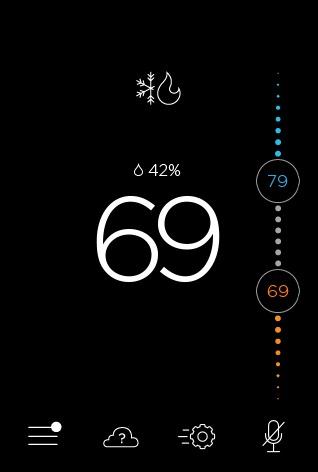Changing Liquid Propane (LP) Tanks
Tiki House has 3 LP tanks in use at all times. Two of the tanks are attached to our huge event grill and one runs the gas stove in the kitchen. We generally provide enough propane to last every stay. But if the tank was near empty, we may leave an extra for you to replace if needed. Any extra tanks are located in the garage.

·1 min read











